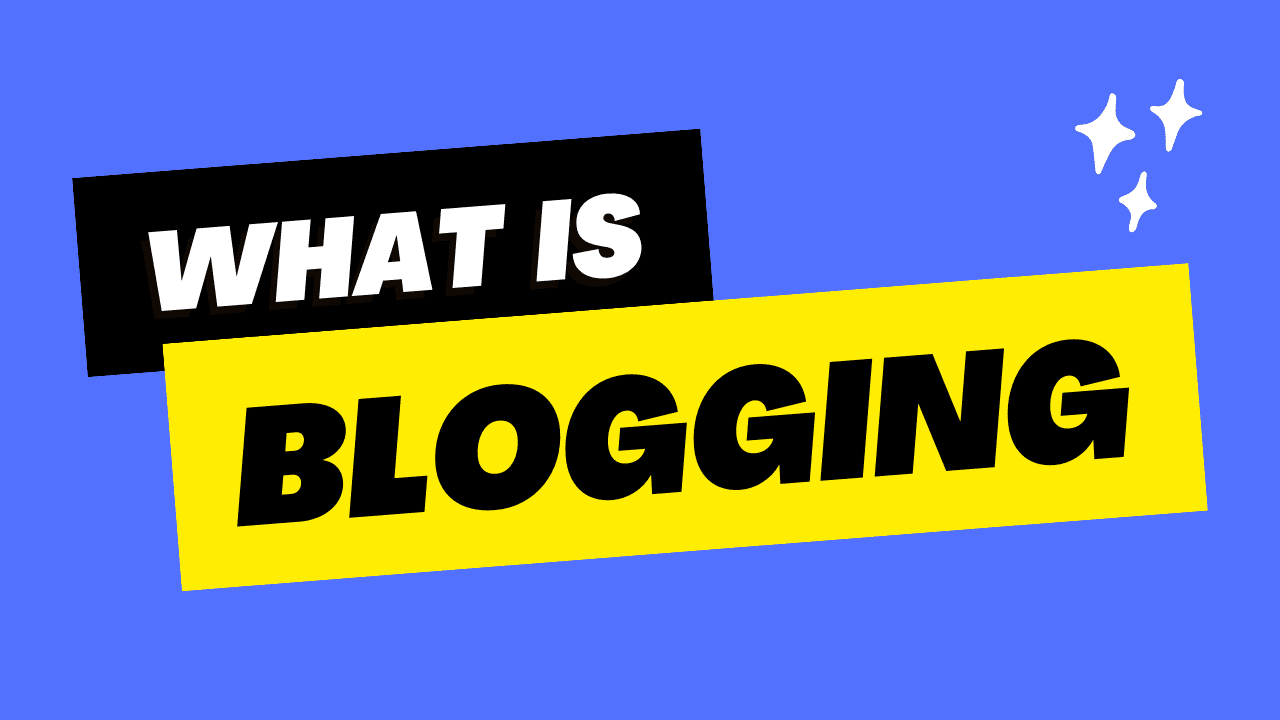How To Start Blogging
Starting a blog is an exciting way to share your ideas, expertise, or interests with the world and make money through it.
Here’s a step-by-step guide on how to start a blog, along with examples:
1. Define Your Blog’s Purpose and Niche:
- Determine why you want to start a blog. Is it for personal expression, sharing your expertise, or building an online presence for your business? Choose a niche that aligns with your interests and expertise.
- Example: Let’s say you’re a fitness enthusiast and want to help others lead healthier lives. Your niche could be “Fitness and Wellness.”
2. Choose a Blogging Platform:
- Select a platform to build and manage your blog. Some popular options include:
- WordPress: A versatile and widely used platform (WordPress.com for a hosted blog, or self-hosted WordPress.org for more control).
- Blogger: A simple and free platform by Google.
- Medium: A platform known for its user-friendly interface.
- Wix: A website builder with blogging capabilities.
- Tumblr: A microblogging platform.
- Research and choose the platform that best suits your needs.
3. Select a Domain Name:
- Your domain name is your blog’s web address. Choose a domain name that reflects your blog’s theme or your brand. Make it memorable and easy to spell.
- Example: If your blog is about traveling, you might choose a domain like “atravellerguy.com“
- You can register a domain through domain registrars like Namecheap, GoDaddy, or through your hosting provider if you’re using self-hosted WordPress.
4. Get Web Hosting (for Self-Hosted Blogs):
- If you’re using a self-hosted platform like WordPress.org, you’ll need a web hosting service. Some popular hosting providers include Hostinger, Bluehost, SiteGround, and HostGator.
- Purchase a hosting plan that suits your needs and budget. Many hosting providers offer one-click WordPress installation like Hostinger.
5. Install and Set Up Your Blog:
- Install the blogging platform you’ve chosen (e.g., WordPress) using your hosting’s one-click installation or follow the platform’s installation instructions.
- Set up the basic configurations like your site title, tagline, and other settings.
6. Choose a Blog Theme:
- Select a theme for your blog’s design. Themes control the overall look and layout of your blog.
- Many free and premium themes are available, and you can customize them to match your branding.
7. Customize Your Blog:
- Personalize your blog’s appearance by customizing elements like the header, colors, fonts, and layout to make it unique.
8. Install and Set Up Essential Plugins:
- Enhance your blog’s functionality by installing plugins. Consider plugins like Yoast SEO for optimization, Akismet for spam protection, and Jetpack for various features.
- Example: You install Yoast SEO to improve your blog’s search engine visibility and Akismet to prevent spam comments.
9. Create High-Quality Content:
- Start writing blog posts or articles that offer value to your readers. Ensure they are well-researched, informative, and engaging.
10. Optimize for Search Engines (SEO):
- Learn the basics of SEO to improve your blog’s visibility on search engines like Google.
- Use relevant keywords, optimize your meta tags, and create quality backlinks to your content.
11. Promote Your Blog:
- Share your blog posts on social media platforms like Facebook, Instagram, Twitter, WhatsApp and Pinterest. Join relevant online communities and engage with your audience.
12. Engage with Your Audience:
- Respond to comments and encourage discussions. Building a community around your blog is crucial for its growth.
13. Monetize Your Blog:
- Once your blog gains traffic, you can explore monetization options to make money from your blog
- Consider monetization methods such as advertising program(like Google AdSense), affiliate marketing, sponsored posts, selling digital products, or running ads.
14. Analyze and Adapt:
- Continuously improve your writing, SEO, and blogging skills. Monitor your blog’s performance using Google Analytics, Search Console and adjust your strategy accordingly.
15. Stay Consistent:
- Regularly publish new, high-quality content, and continue to engage with your audience to grow your blog’s reach and influence.
Remember, starting a blog is an ongoing process. Consistency, authenticity, and a genuine passion for your chosen niche will be key to your blog’s success.



